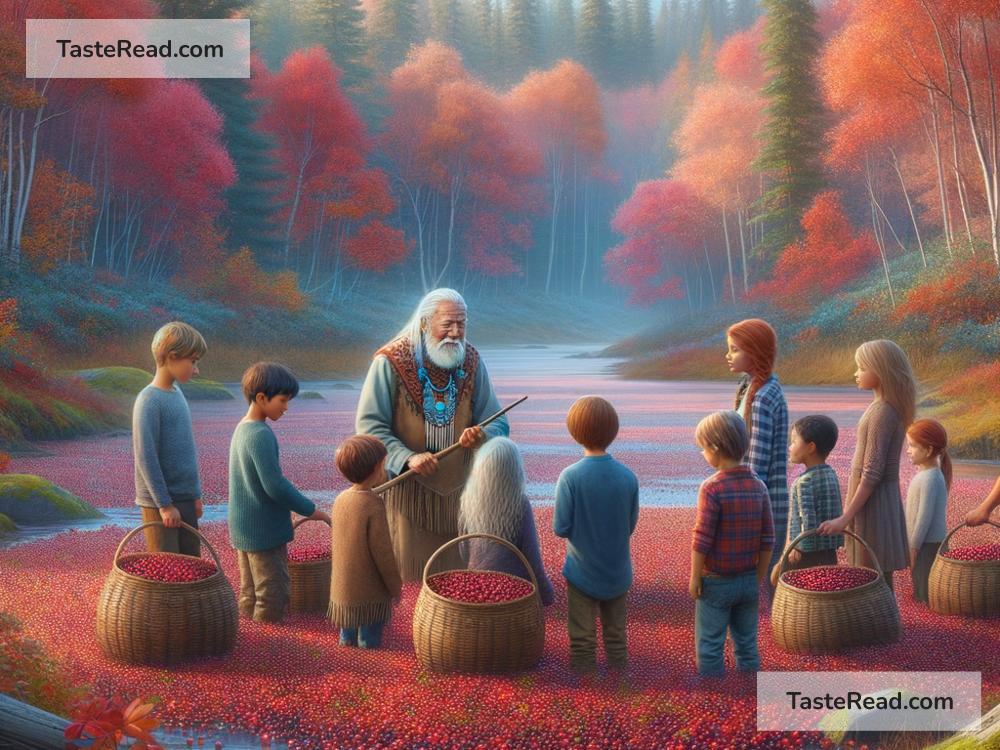The Fascinating History of Cranberries in Native American Culture
Cranberries are small, bright-red berries that many people associate with Thanksgiving and holiday meals. But did you know that cranberries have been an important part of Native American culture for centuries? Long before they became a common ingredient in modern recipes, cranberries played a significant role in the lives of Native peoples. Their history reveals fascinating stories about food, medicine, and creativity.
The Native Land of Cranberries
Cranberries are native to North America. They grow in wetlands, bogs, and marshes, especially in areas with cool climates. Native Americans knew these little berries well; they were one of the earliest peoples to recognize their value. For tribes living in the northeastern parts of the continent, cranberries were a gift from nature, providing food and other resources.
The Algonquin people, whose territory expanded into parts of what is now New England and Canada, were among the first to use cranberries. They called the berry “sassamanesh,” a name that reflects its importance in their culture. Other tribes had their own names for cranberries, but one thing was clear: cranberries were considered special.
A Source of Food
Cranberries were an essential food for Native Americans. Today, they are known for their tart taste, but Native peoples used their naturally sour flavor creatively. The berries were eaten fresh, dried, or mixed with other ingredients to make nourishing dishes. One of the most famous uses of cranberries was in a food called pemmican.
Pemmican was a combination of dried meat (often deer or bison), animal fat, and dried berries like cranberries. This high-energy food could be stored for a long time and was perfect for long journeys or harsh winters. The cranberries not only added flavor but also helped preserve the meat because of their natural acidity. This made pemmican an important survival food.
In addition to pemmican, cranberries were combined with cornmeal, nuts, and other local foods to create tasty meals. Native people appreciated the berry’s versatility in both sweet and savory dishes.
A Gift of Medicine
Native Americans also understood the medicinal value of cranberries. The berries were rich in nutrients, such as Vitamin C, which helped protect against illnesses like scurvy. Tribes used cranberries to treat wounds, infections, and more.
They made poultices (soft mixtures applied to the skin) from cranberries to help heal injuries. The natural compounds in the berries may have reduced inflammation and helped fight bacteria. Cranberry juice was sometimes used to ease stomach aches or improve general health during the cold months.
Even today, science backs up the Native American understanding of cranberries. Modern studies show that cranberries have antioxidants, Vitamin C, and other healthy properties. For many, these small berries are still seen as a source of natural wellness.
A Symbol in Culture and Trade
Cranberries were more than just food and medicine—they held cultural significance. The berries were often used as dye because of their deep red color. Native peoples would crush cranberries and use the juice to color clothing, blankets, and even tools. The vibrant red was appreciated in art and decoration.
Beyond their symbolic role, cranberries were valuable in trade. Native Americans often shared their knowledge about cranberries with European settlers. When colonists arrived in North America, they were introduced to the berry by Native peoples who taught them how to use it for food and health purposes.
Through trade and interactions, cranberries became an important part of colonial diets, and their popularity spread over time. This cooperative exchange built connections between Native Americans and settlers, though history also shows many challenges and injustices during this period.
A Legacy That Endures
Even as cranberries became a big part of the American food industry, their deep connection to Native American culture remains. Native peoples were the original caretakers of cranberries, and their traditions have influenced how we use the berry today.
When we see cranberries in stores or enjoy cranberry sauce on Thanksgiving, it’s worth remembering where they came from. Native Americans had the wisdom to recognize the berry’s value long before supermarkets existed. Their creativity and resourcefulness helped shape cranberries’ role in modern life.
Conclusion
Cranberries are more than a holiday treat—they’re a symbol of Native American knowledge, resilience, and resourcefulness. Through food, medicine, art, and trade, Native peoples showed how one small berry could have a big impact. Their traditions remind us to respect nature and celebrate the gifts it provides.
Next time you enjoy cranberries, take a moment to reflect on their fascinating history and the Native cultures that first cherished them. These little berries carry centuries of stories that connect us to the land, to each other, and to the past.


